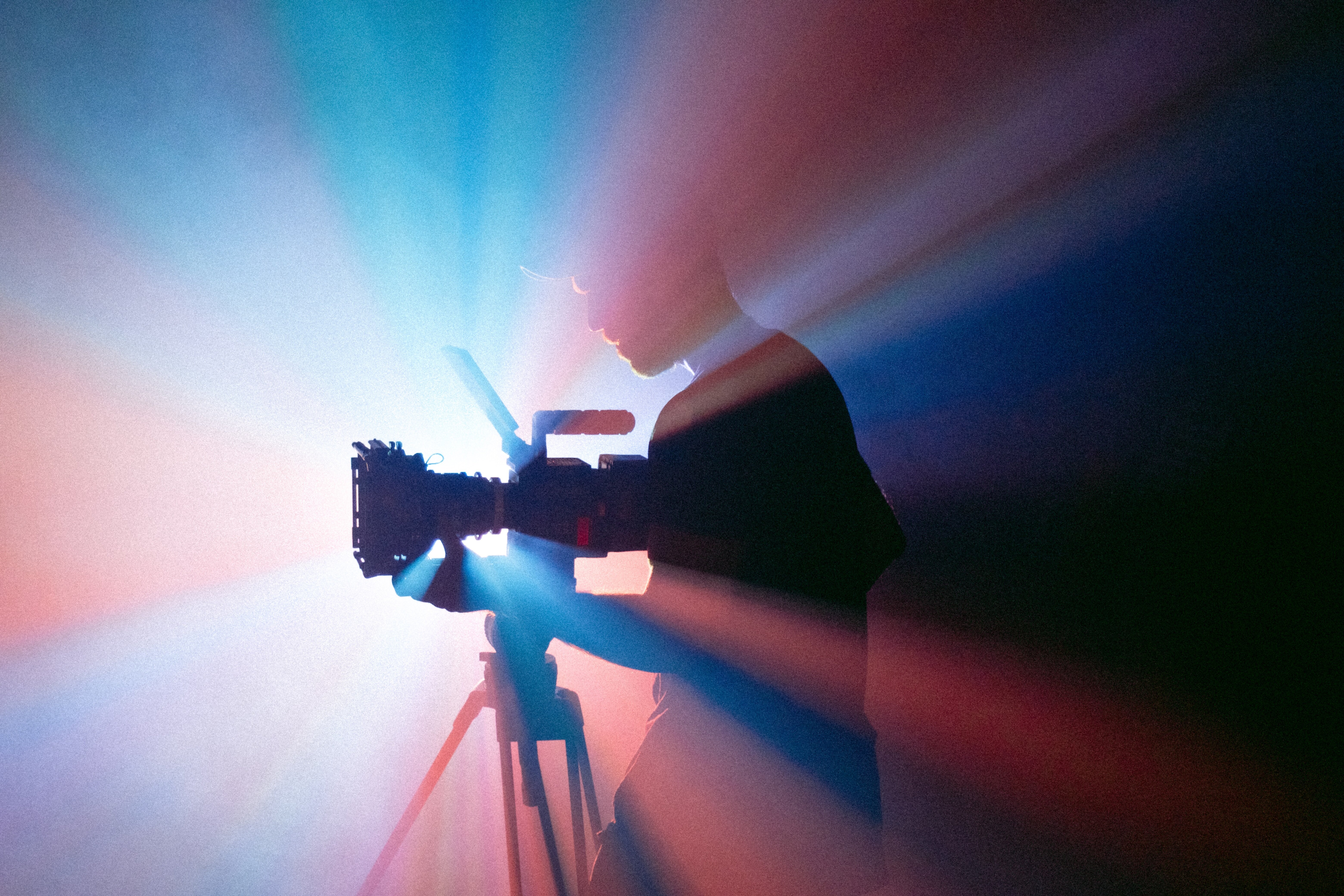Exploring the Intersection of Optical Art and AI A 2024 Perspective on Digital Op Art Upscaling

It’s fascinating to watch how certain artistic movements, seemingly rooted in analog optical physics, are finding new life when filtered through the silicon lens of contemporary computation. I’ve been tracking the resurgence of Optical Art—Op Art, as it’s commonly known—and its collision point with modern upscaling techniques, particularly those driven by machine learning architectures. Think about Bridget Riley’s precise, vibrating patterns or Victor Vasarely’s geometric illusions; these works relied on human calculation, meticulous drafting, and the limitations of physical media to trick the eye. Now, we're feeding low-resolution digital copies of these very illusions into algorithms designed to invent missing pixel data, and the results are anything but predictable. This isn't just about making an old GIF look sharper; it’s about whether an AI can correctly interpret the *intent* of optical distortion when reconstructing high-frequency visual information.
What happens when an algorithm trained on millions of natural images encounters a deliberately unnatural, mathematically constructed pattern designed to induce visual flicker or apparent movement? The objective of digital Op Art upscaling, especially in 2025, moves beyond simple super-resolution. We are testing the boundaries of what these generative models "understand" about pattern continuity and visual tension. If the source material is a grainy, low-bitrate JPEG of a classic Op Art piece, the upscaling network has to decide whether to smooth out the compression artifacts or, perhaps more interestingly, interpret those artifacts as part of the original optical effect. My initial hypothesis was that the network would default to producing cleaner, smoother lines, effectively neutralizing the intended moiré or vibration. However, I’m observing instances where the AI seems to amplify the perceived motion, suggesting it has learned the underlying frequency relationships rather than just local pixel correlation. This raises serious questions about authorship and fidelity when digitizing historical visual experiments.
Let's focus for a moment on the mechanics of how these upscaling models process the inherent instability of Op Art. When a network like a modern diffusion-based upscaler processes an image, it’s essentially denoising a latent representation based on its vast training set, trying to reconstruct a plausible, high-detail version of the input. Op Art, by design, is often *not* plausible in a naturalistic sense; it deliberately violates standard expectations of visual stability. If the input image displays strong chromatic aberration or severe aliasing because it was poorly digitized from a physical print, the upscaling model faces a choice: correct the noise to what it assumes is the clean source, or extrapolate the distortion into higher resolutions. I’ve seen cases where the network, attempting to resolve what it perceives as high-frequency noise in a black-and-white grid, introduces entirely new, subtly colored interference patterns that vibrate even more aggressively than the original. This suggests the model is not merely interpolating; it is actively generating new optical phenomena based on its learned understanding of visual information gradients, even when those gradients are intentionally misleading.
The real engineering puzzle here lies in controlling the degree of "hallucination" introduced during the scaling process when dealing with purely abstract, mathematically derived imagery. Traditional image restoration aims for fidelity to the original capture; digital Op Art upscaling, however, might benefit from controlled divergence. We need methods to guide the upscaler to respect the underlying mathematical structure—the precise periodicity of the curves or lines—without smoothing away the visual tension that makes Op Art effective. If the original artist used specific line weights and spacing to achieve a certain flicker rate at a given viewing distance, simply increasing the resolution might change that rate unpredictably if the AI alters the relative spacing during reconstruction. I am experimenting with conditioning the upscaler not just on the visual input, but on metadata describing the intended geometric transformation, hoping to force the reconstruction to maintain the mathematical integrity of the pattern, rather than defaulting to a statistically "smooth" output derived from natural photographs. It’s a fine line between preserving the optical effect and accidentally destroying the art through over-correction.
More Posts from ai-videoupscale.com:
- →Marvelous Designer 20241 AI-Driven Advancements in Digital Clothing Design
- →Mastering the Three Phases of Video Production A Practical Guide for Creators
- →7 Small Business Tool Platforms That Support Video Content Creation and Quality Enhancement in 2024
- →Keyframe Lab's A Touch of Chemistry Blending Motion Design and Science in 2024
- →XAVC HS SI 4K Hardware Requirements for Smooth 422 10-bit Video Editing in 2024
- →Topaz Video AI v330 New Stabilization Model and Enhanced Video Processing Capabilities Unveiled